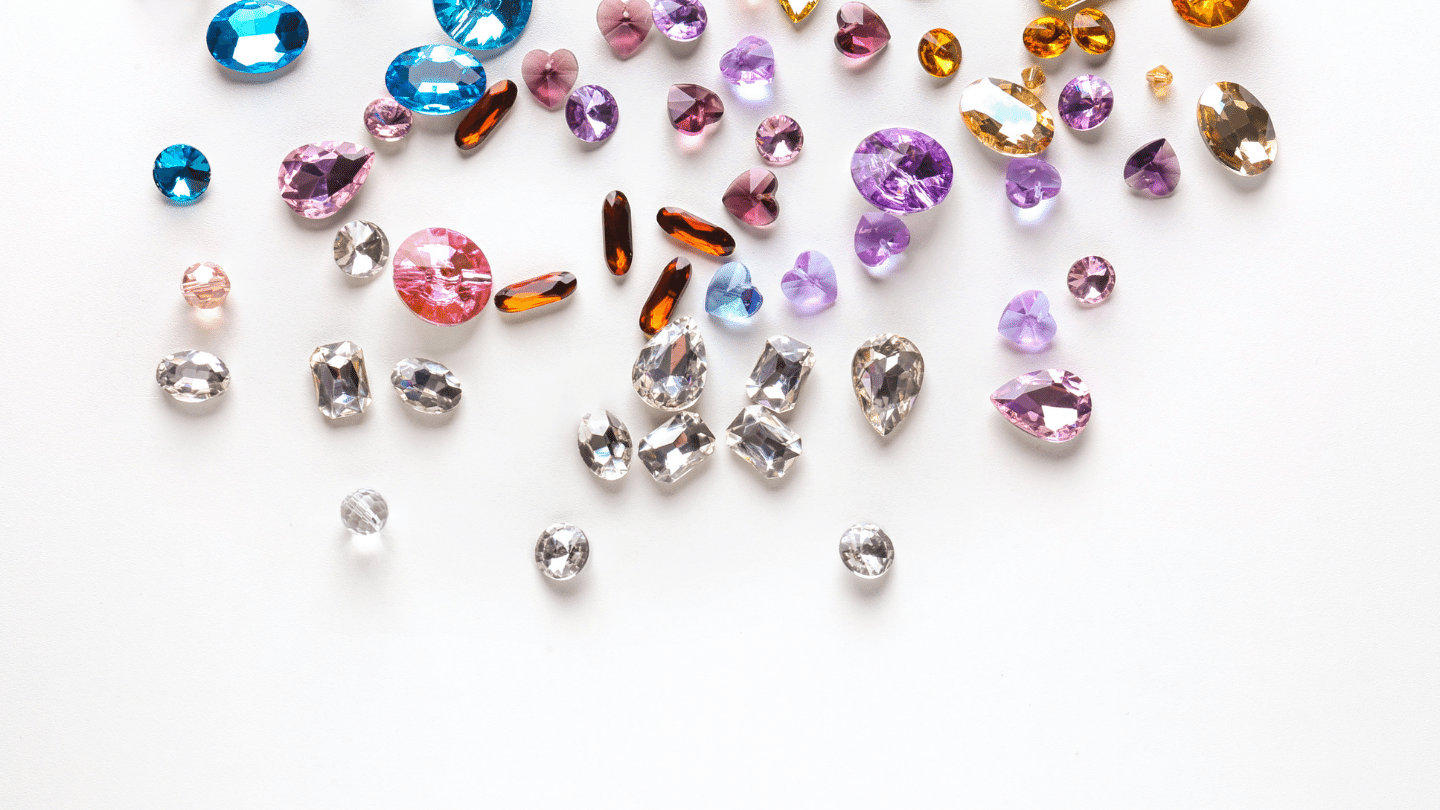
The Mohs scale, what is it?
The Mohs scale, evaluating the hardness of a stone
Over one hundred and fifty years ago, the German mineralogist Friedrich Mohs created the concept of scratch resistance for the hardness of minerals.The MOHS scale is the most widely used method for classifying gemstones and other minerals or materials according to their hardness.
Mohs selected ten minerals of varying hardness as a benchmark, which are used worldwide today.
Which stones in jewelry on the Mohs scale?
|
Scratch resistance (Mohs) |
Comparison mineral |
Easy ways to determine scratch hardness |
|
1 |
talc |
Crumbly under the fingernail |
|
2 |
Gypsum |
scratchable with fingernail |
|
3 |
calcite |
Scratchable with a coin (copper) |
|
4 |
Fluorite |
Easily scratched with a knife |
|
5 |
Apatite |
Still scratchable with a knife |
|
6 |
orthosis |
Scratchable with lime |
|
7 |
Quartz |
scratch a window |
|
8 |
Topaz |
|
|
9 |
Corundum |
|
|
10 |
Diamond |
Stones with a resistance below quartz are more sensitive to scratching, so you have to be careful when used on jewelry (especially worn in rings that are subject to frequent friction). For stones with a hardness greater than or equal to quartz (ie 7), the risk of scratching is more limited. Very high on the Mohs scale, corundum (sapphire and ruby) and diamonds are appreciated among other things for this characteristic which ensures a lower risk of scratching.
At 58 Facettes most of the pieces of jewelry and fine jewelry that we offer are adorned with stones with a hardness on the Mohs scale greater than or equal to 7. You therefore find garnet, amethyst, tourmaline, emerald, aquamarine, sapphire, ruby and of course, the hardest, diamond on our used jewelry.